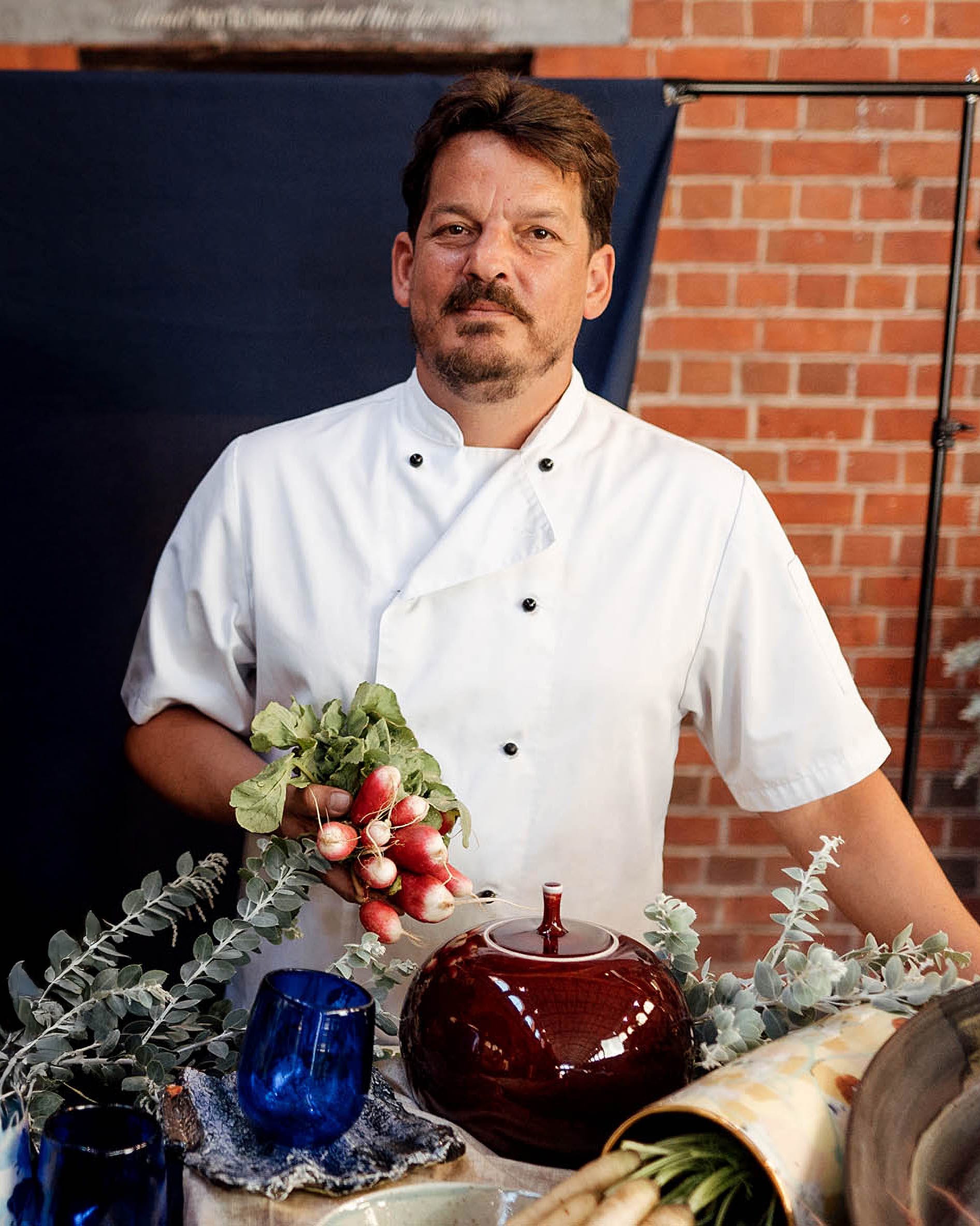
Welcome to Yes, Chef! A monthly newsletter in which food writer Sophie Hansen shines a light on our regional chefs. This week she talks with Ballarat chef Douglas Kerr.
Lucky Ballarat. You have history, grandeur, gold in them hills and a buzzing food scene that has become all the richer with our guest chef today, Douglas Kerr, who has thrown open the doors to his relocated and revived Peasant restaurant in the city centre.
And while Douglas and his business partner Dan Tesoriero are busy with Peasant’s revival, they've also teamed up for The Great Takeaway on 22 May 2025, an event that sounds just so cool.
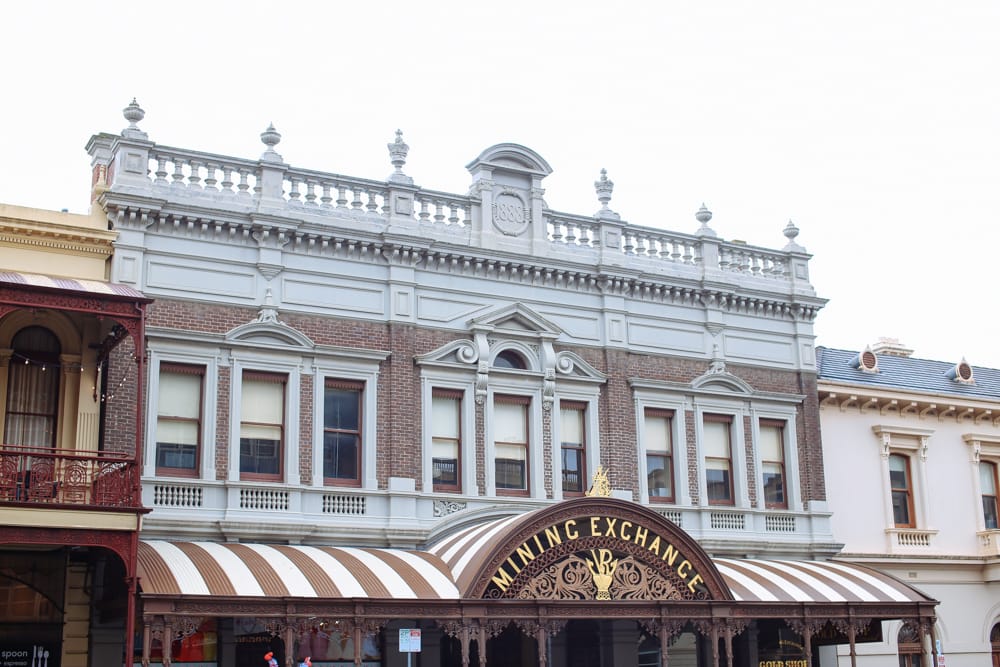
In brief, here's how it works: Douglas and Dan create a menu for a group of tables and on each table is a handmade setting by local potters and makers. At the end of the meal, diners get to take home the plate the food was served on, the glass they drank from and the cutlery they used.
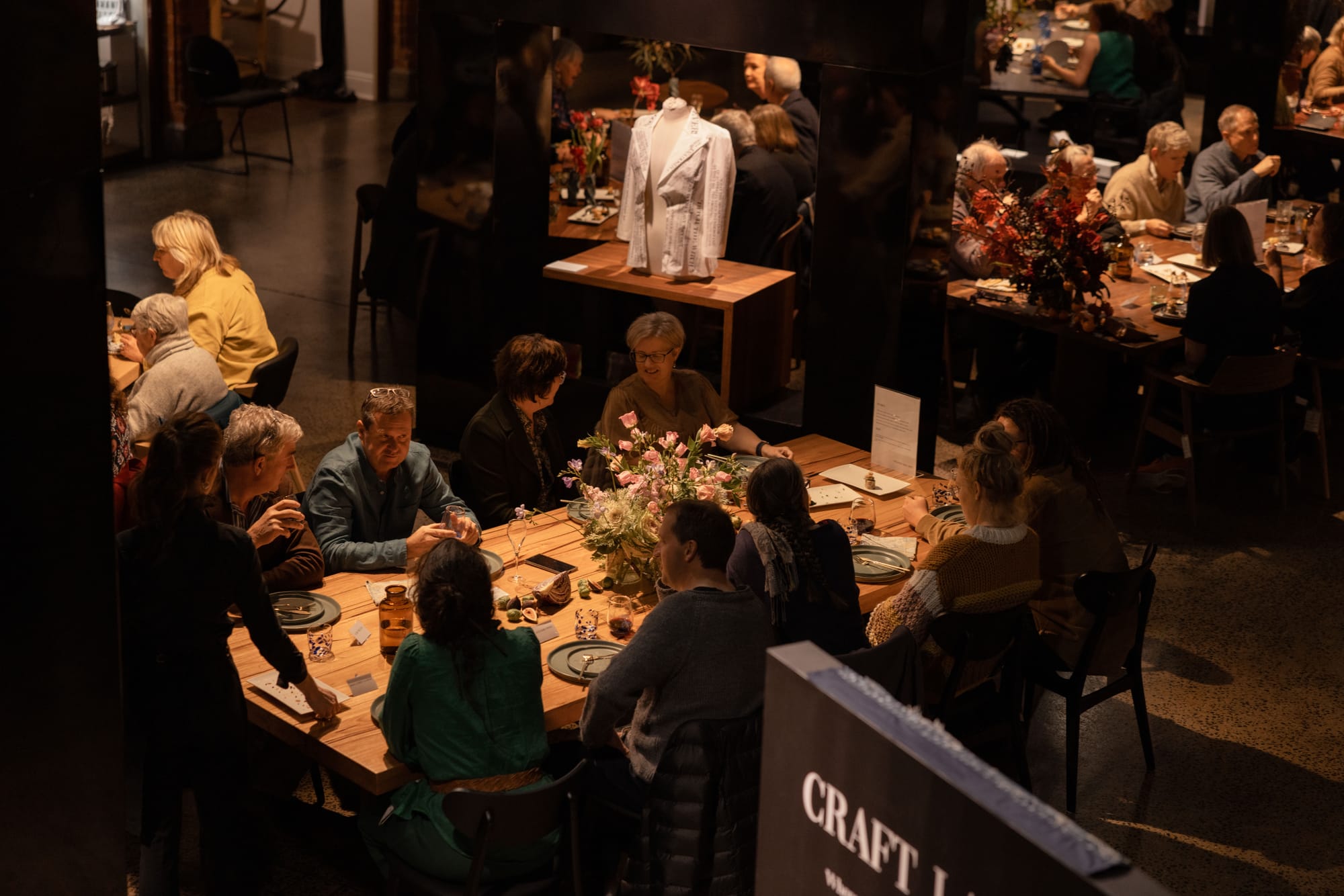
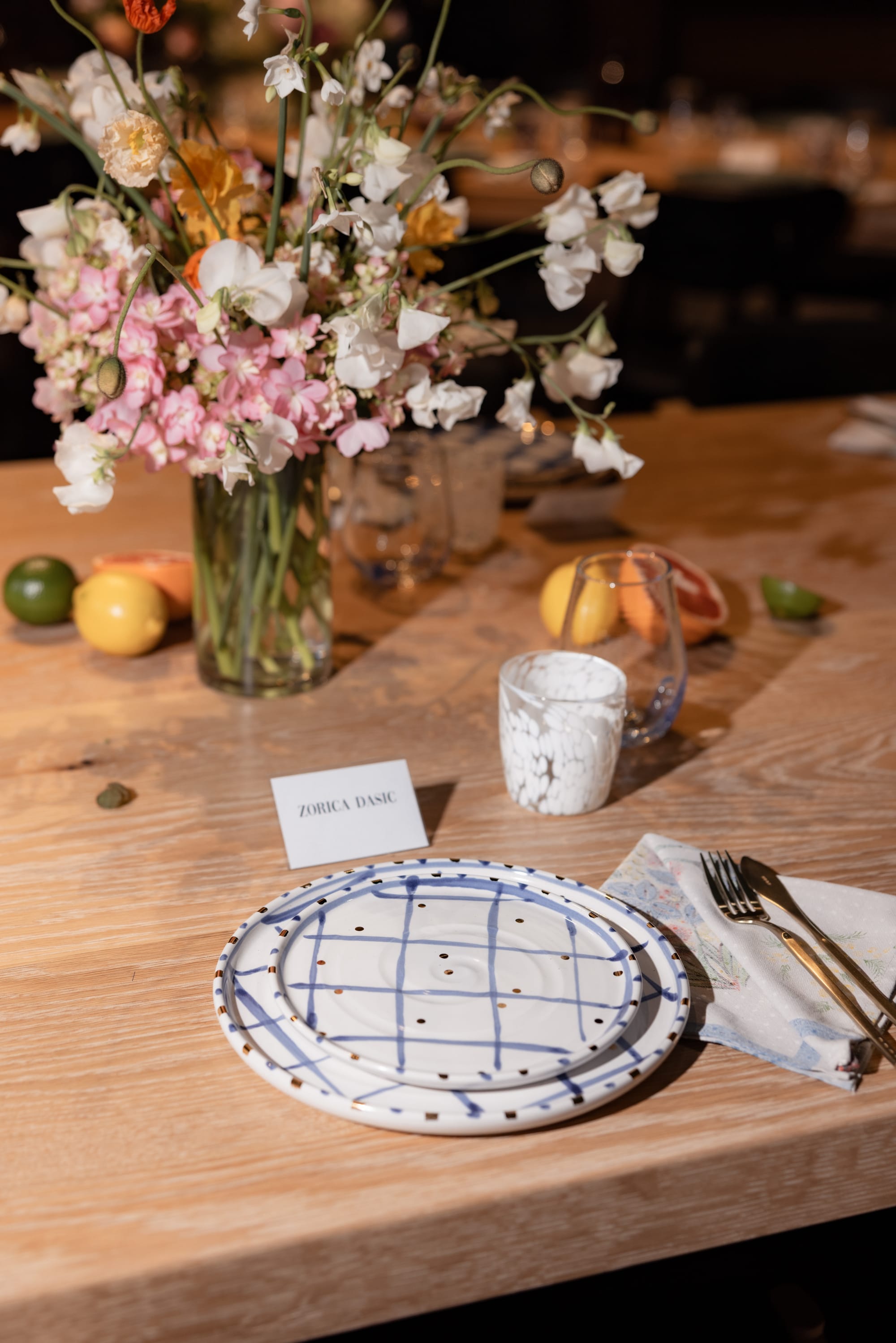
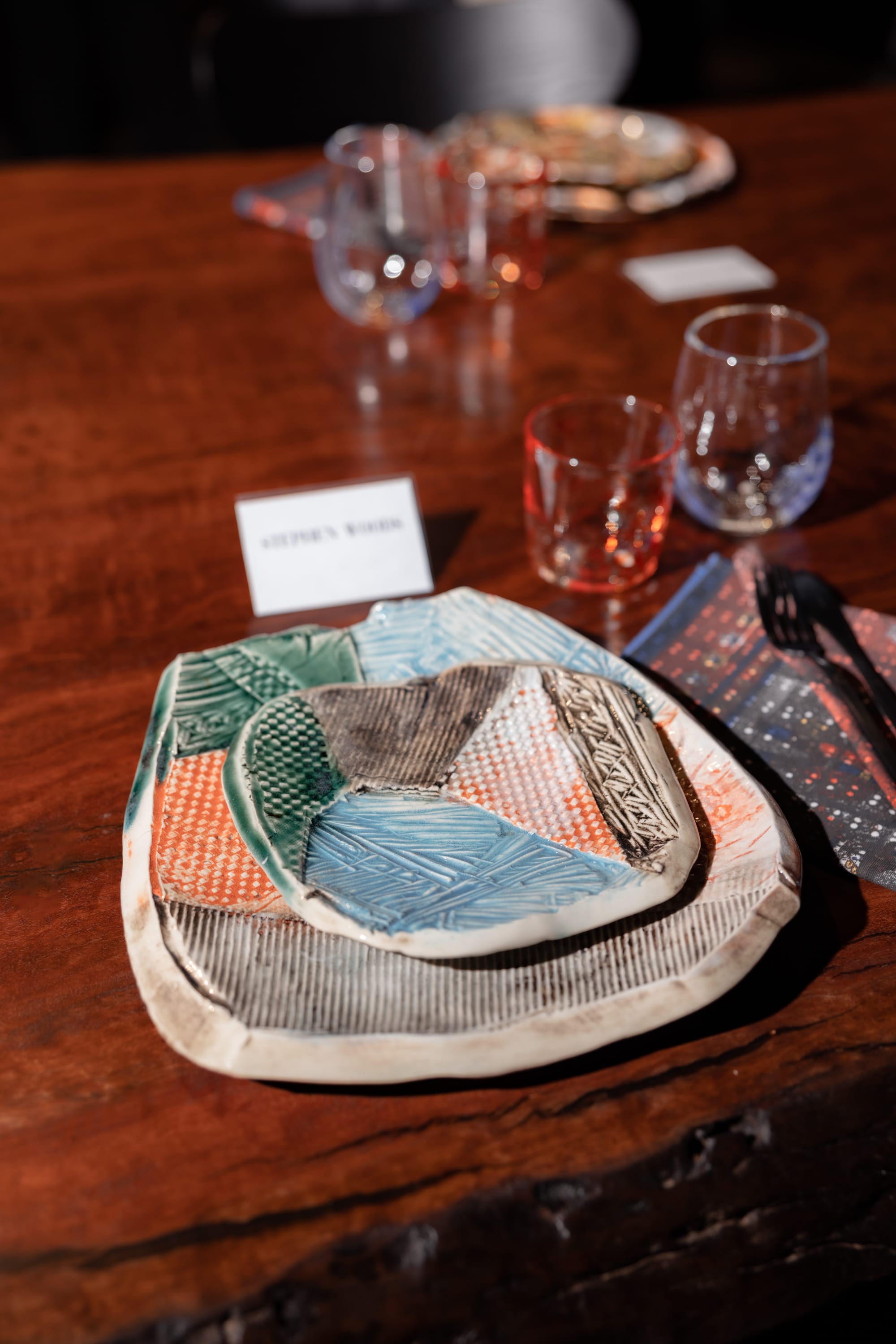
Some of the table settings guests ate from and then took home after last year's The Great Takeaway. Photography by Tony Evans.
Douglas grew up in rural England, crediting his grandmother and time spent with her in her orchard, garden and kitchen for his early love of cooking as close to the source as possible. He started his career in food early, first as a pastry chef in Derbyshire, then moving gradually through London's fine dining ranks before making the big call to emigrate to Australia and find a space to open his own restaurant. This took the form of Billy Boy Blue in inner-city Melbourne, a tiny restaurant that drew a lot of attention for its European peasant-style cuisine.
Douglas, welcome to Galah. We can't wait to visit Peasant soon and hope you won't mind if we leave with our plates. Or is that a one-off thing?
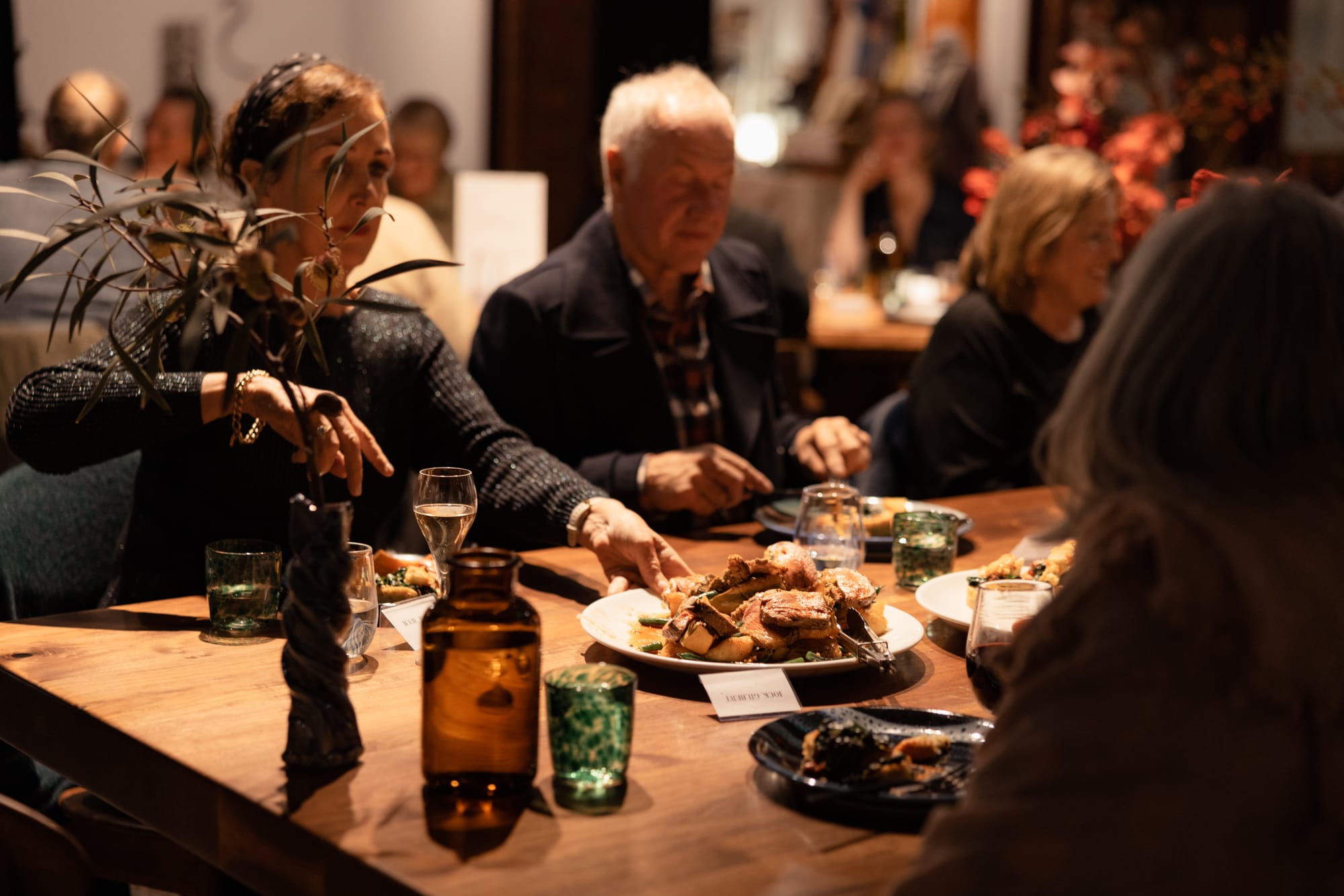
Smoked pork hock, split pea soup with freshly baked bread and butter.
When I was a child, this was a dish my Dad used to make on a cold day. The smell of the smoked pork simmering away to make the stock while Mum would make the fresh bread to go with it was just so good. It was amazing to come home to after walking the dogs.
Slow-cooked beef neck, smoked bacon, wild mushrooms, and red wine and thyme jus. This is a great dish for sharing, celebrations, and big groups. It smells incredible as it cooks slowly on the stove.
When ready, I just plonk it in a big casserole in the centre of the table, with warm bread and butter and get everyone to help themselves. It’s the perfect one-pot dish.
You cannot beat a big, beautiful bowl of mashed potatoes with lots of butter, cream and garlic. This is perfect comfort food that pairs beautifully with a glass of red wine. Simple, yet incredibly filling and tastes delicious.
I moved to Ballarat and the Goldfields region 4 years ago. This area has such an abundance of valuable local producers such as Waubra beef and lamb, Inglenook Dairy and Barongarook pork that pairs beautifully with wine from local makers such as SubRosa and Chepstowe.
Quinces, sourced locally through friends' trees. I love this fruit’s versatility, how you can use it in sweet preserves, puddings, jellies or pastes. For example, the third course on our May menu at Peasant is a warm salt-baked quince with local walnuts, fennel, pressed chicken and quince puree. It’s a beautiful, seasonal dish that we’re really happy with.
This all depends on my mood; it can vary between heavy rock, country or relaxing jazz. Hardy is ticking a lot of boxes for me at the moment.
English breakfast tea, very strong, with a dash of milk.
I'm not a big fan of cakes as such, but apple and rhubarb crumble I love. It takes me back to my childhood as my mum made it most Sundays.
Bulldog Gin with Strange Love Dirty Tonic Water.
Scrambled eggs, streaky bacon, garlic and herb mushrooms with grilled fresh ciabatta.
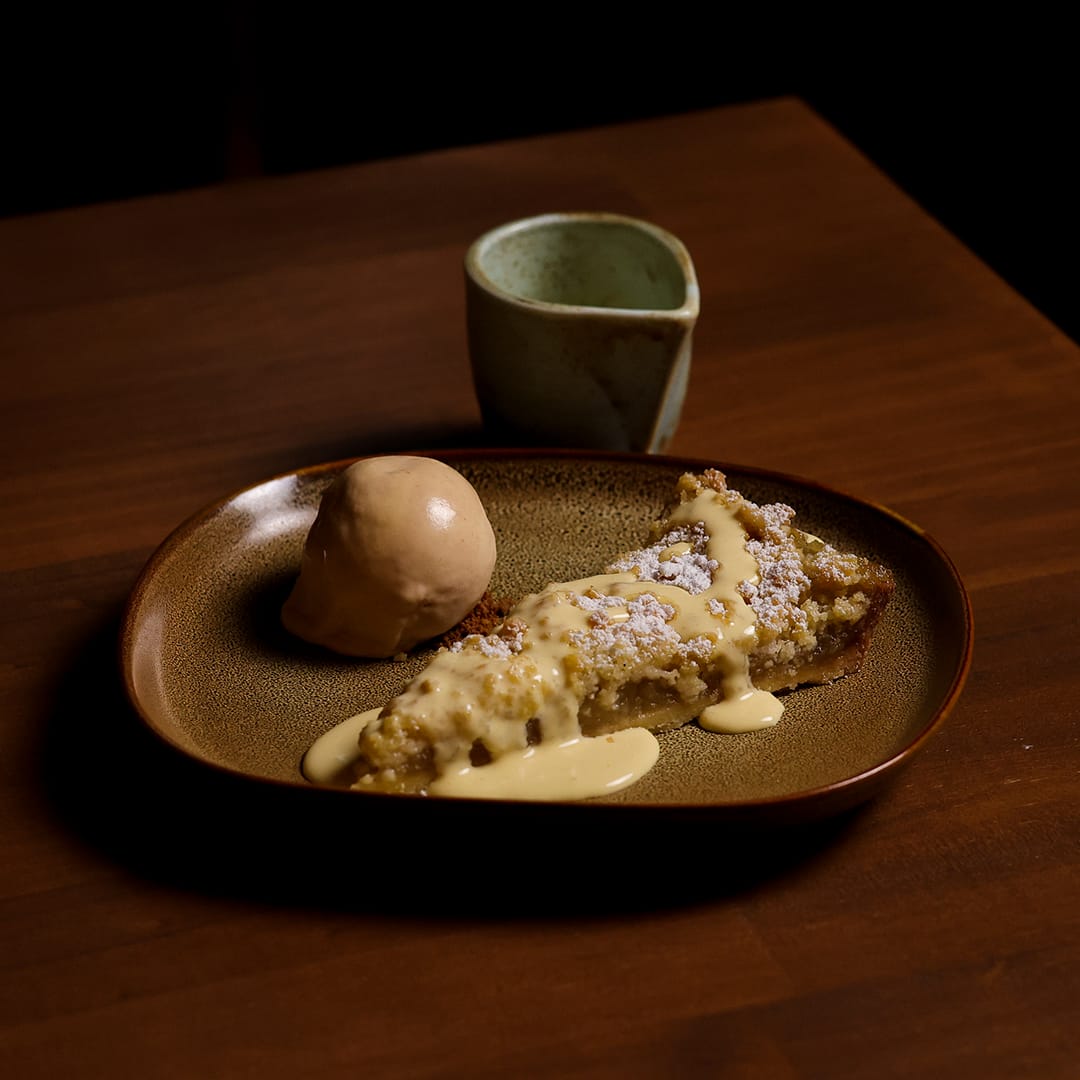
This is a classic Sunday afternoon recipe and a seasonal dessert for the restaurant that's always a joy to create. It reminds me of home. Find fresh new-season apples and locally grown rhubarb if you can. And don’t rush it! Enjoy the process.
Serves 8
Cream the butter and sugar until white. Beat in the egg and vanilla. Add the flour and mix together to a dough, taking care not to overwork. Chill for three hours. Roll out and line a 20 cm tart case. Chill for 20 minutes, then line with baking paper and fill with baking beans. Bake in the oven at 180 degrees for ten minutes then remove the beans and paper and bake for another 10 minutes or until pale golden.
Meanwhile, peel and core the apples. Chop the apples and rhubarb into pieces approximately the same size and place in a heavy-based saucepan with the sugar. Gently cook for about 20 minutes covered, stirring occasionally to ensure it doesn't catch.
For the crumble topping, add all the ingredients to a large mixing bowl and rub together until the mixture resembles moist breadcrumbs. Shake the bowl, and any large bits will come to the surface; rub them in. Alternatively, pulse in a food processor until sandy, but don't overprocess.
Place the cooked apple and rhubarb compote into the par-baked tart case, cover the compote with the crumble mix, and return to the oven at 165 degrees. Bake until the crumble is golden.
Heat the cream in a heavy-based saucepan with the vanilla and bring just to a boil.
Whisk the egg yolks and sugar together in a mixing bowl. Add a little of the heated milk to the egg mix and stir in, slowly add more until it is all combined then return to a clean saucepan and place onto a low heat, stirring continuously until the mixture thickens and coats the back of a wooden spoon, do not allow the mix to boil or it will scramble.
Place a slice of the tart onto a plate and dust it with a little cinnamon icing sugar, accompanied by the warm anglaise. In the restaurant, we accompany it with a brown sugar and nutmeg ice cream.

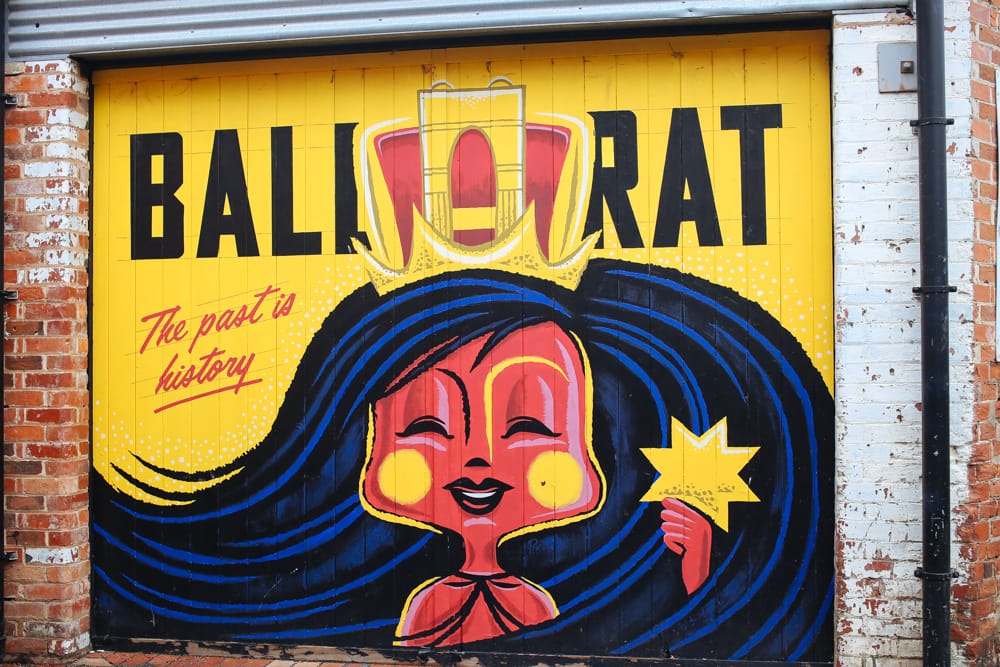
See you all next month for the June instalment of Yes, Chef! And as always, if you know of a regional chef we should profile here, please let us know.
Sophie x